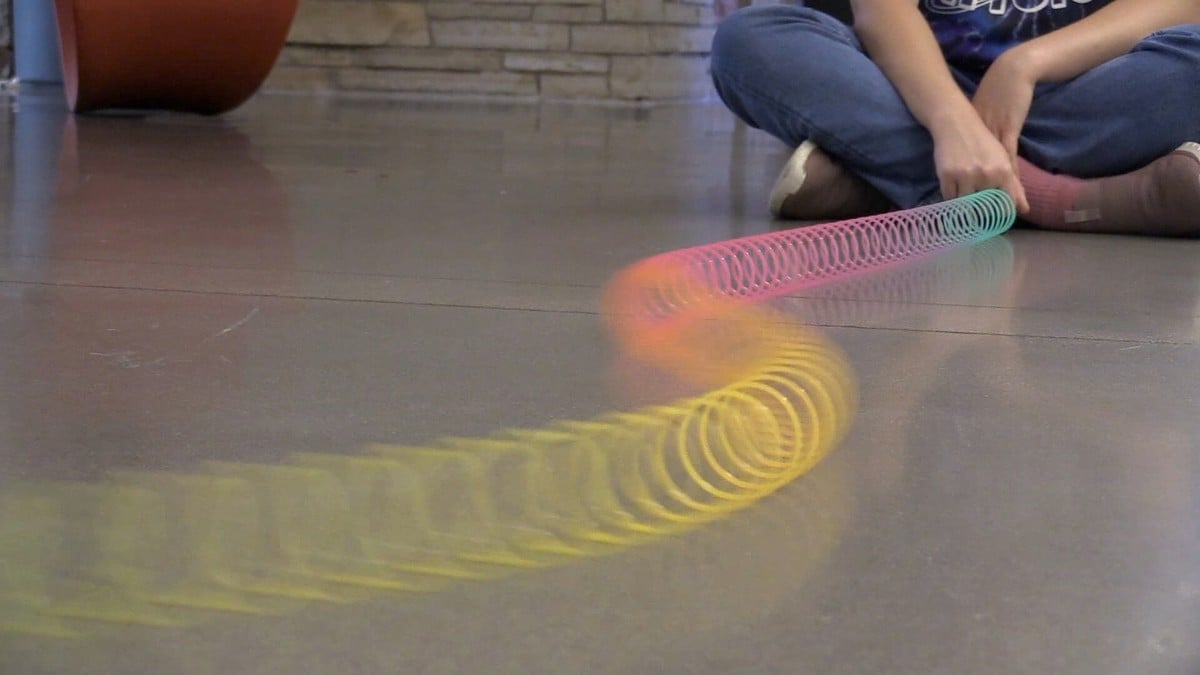You’re probably aware that Slinkys are fun to play with! They can also help us understand different features and properties of waves. What comes to mind when you think of waves? You may think of ocean waves that crest and fall onto the beach. Or do you ever wonder how we hear music from the radio? Or how doctors can see skeletons when using X-ray machines? If you have wondered these or similar questions, then you are already thinking like a scientist.
In this activity, we are going to seek to understand two different kinds of waves: transverse and longitudinal. We’ll also learn about wave features. What distinguishes one wave from another? We’ll learn some new terminology as we go! So let’s grab some Slinkys, one per group, and start exploring!
After reading the introduction, what is your essential question or objective for this activity?
